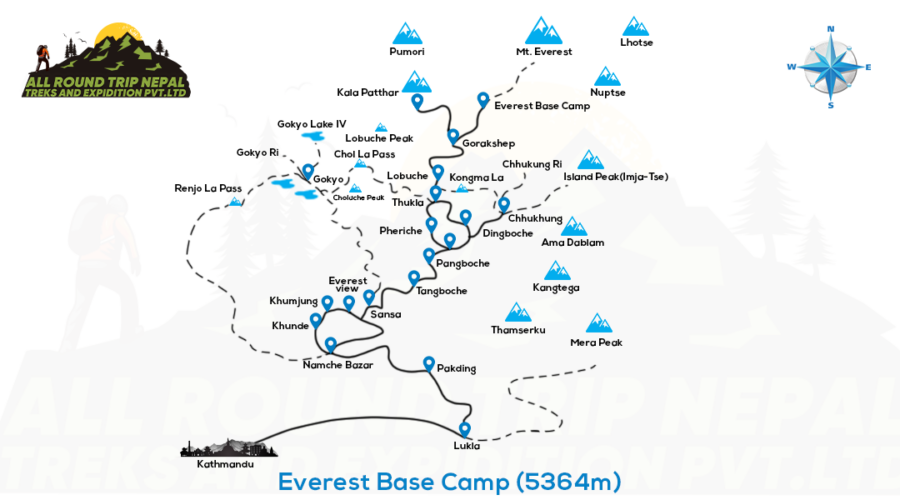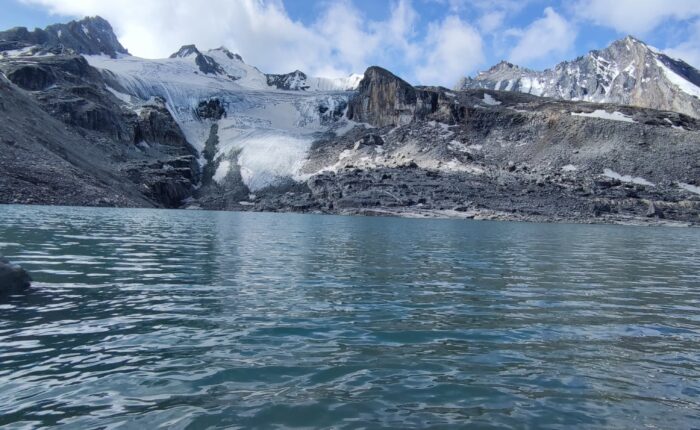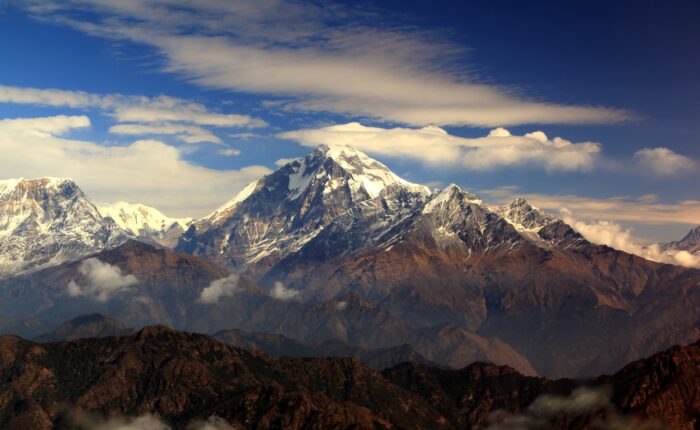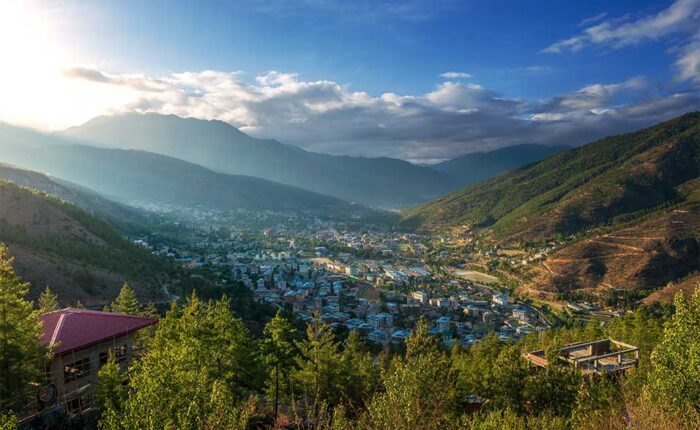- Home
- About Us
- Tour
- 1-Day Tours
- Annapurna Base Camp Helicopter Tour – 2 Hours
- Astam Village Day Hiking from Pokhara
- ATV Adventure Tour in Pokhara – 1 Day
- Australian Camp Day Hike from Pokhara
- Bungee Jumping in Pokhara – 1 Day
- Champadevi Day Hike
- Chandragiri Hill Day Tour
- Damodar Kund & Muktinath Helicopter Tour – 1 Day
- Five Himalayan Viewpoints Tour from Pokhara
- Gorakshep to Lukla Helicopter Flight – 20 Minutes
- Gorakshep to Kathmandu Helicopter Flight – 3 Hours
- Helicopter Tour to Everest Base Camp – 1 Day
- Kahun Danda Day Hike from Pokhara
- Kalapatthar to Kathmandu Helicopter Flight – 3 Hours
- Kalikasthan & Thulakot Day Hike from Pokhara
- Kathmandu to Lukla Helicopter Flight – 1 Hour
- Langtang Helicopter Tour from Kathmandu – 1 Day
- Lukla to Kathmandu Helicopter Flight – 1 Day
- Muktinath Helicopter Tour from Pokhara – 1 Day
- Nagarjun Jamacho Day Hike
- Nagarkot Sunrise View and Nagarkot to Changu Narayan Hike
- Nagarkot to Dhulikhel Hiking
- Namche to Kathmandu Helicopter Flight – 2 Hours
- Namobuddha to Panauti Hiking
- Naudanda & Sarangkot Day Hike from Pokhara
- Paragliding in Pokhara, Nepal – 1 Day
- Phulchoki Day Hiking
- Seti River Rafting in Pokhara – 1 Day
- Seven World Heritage Kathmandu Day Tour
- Shivapuri Day Hike
- Trishuli River Rafting – 1 Day
- Trishuli River Rafting and Night Stay in Resort -1 Night, 2 Days
- Ultra-Light Flight in Nepal – 1 Day
- Zipline in Pokhara – 1 Day
- Multiple Day Tours
- Bardia Jungle Safari Tour – 5 Days
- Bardiya National Park – 4 Days
- Buddhist Pilgrimage Tour in Nepal – 8 Days
- Chitwan National Park – 3 Days
- Chitwan National Park Tour – 3 Nights, 4 Days
- Glimpse of Nepal Tour
- Lumbini – 3 Days
- Muktinath Darshan by Jeep – 6 Days
- Nepal Adventure Tour – 8 Days
- Nepal Beauty Tour
- Nepal Golden Triangle Tour
- Nepal Tour Package from India
- Nepal Tour Packages from Dhaka, Bangladesh
- Pokhara Valley Tour – 2 Days
- International
- 1-Day Tours
- Treks
- Annapurna Region
- ABC Trek with Poon hill and Mardi Himal – 17 Days
- Annapurna Base Camp Trek from Pokhara – 6 Days
- Annapurna Base Camp Trek with Helicopter Return – 8 Days
- Annapurna Circuit Trek – 12 Days
- Annapurna Circuit Trek with Tilicho Lake – 16 Days
- Annapurna Full Circuit Trek – 17 Days
- Annapurna Seven Passes Trek – 23 Days
- Annapurna with Nar Phu and Tilicho – 21 Days
- Api Himal Trek – 14 Days
- Australian Camp Trek – 5 Days
- Dhampus Sarangkot Trek – 3 Days
- Ghorepani Poonhill – 8 Days
- Kapuche Lake Sightseeing with Kori Himal Trek – 11 Days
- Khopra Danda Trek with Khayer Lake – 12 Days
- Kori Himal Trek – 10 Days
- Mardi Himal Trek – 9 Days
- Mohare Danda Khopra Trek – 14 Days
- Poon Hill Trek – 2 Days
- Poon Hill Mardi Himal Trek – 12 Days
- Short ABC Trek
- Upper Mustang Cycling Trip – 16 Days
- Upper Mustang Trekking – 17 Days
- Upper Mustang Overland Tour – 8 Days
- Upper Mustang Tiji Festival Jeep Tour 2025 – 12 Days
- Everest Region
- Budget Everest Base Camp Trek – 12 Days
- Everest Base Camp – 14 Days
- Everest Base Camp Trek – 12 Days
- Everest Base Camp Trek by Road – 16 Days
- Everest Base Camp Trek for Indians – 14 Days
- Everest Base Camp Trek by Road – 16 Days
- Everest Base Camp Trek with Heli Out – 12 Days
- Everest Base Camp Trek via Gokyo Cho La Pass – 17 Days
- Everest Base Camp Trek via Gokyo with Helicopter Return – 15 Days
- Everest Gokyo Trek via Salleri – 20 Days
- Everest High Passes Trek (Clockwise) – 18 Days
- Everest Monastery Yoga Trek – 10 Days
- Everest Region – 17 Days
- Everest Three High Passes – 18 Days
- Everest View Trek – 9 Days
- Gokyo Chola Pass Trekking via EBC – 17 Days
- Gokyo Lake – 11 Days
- Gokyo Valley Circuit Trek – 13 Days
- Luxury Everest Base Camp Trek with Helicopter Return – 10 Days
- Luxury Everest Helicopter – 6 Days
- Pikey Peak Trek
- Sleep at Everest Base Camp – 15 Days
- Rapid Everest Base Camp Trek – 9 Days
- Langtang
- Kanchenjunga Region
- Manaslu Region
- Doplo
- Dhaulagiri Region
- Makalu Region
- Others
- Annapurna Region
- Peak Climbing
- Peak Climbing
- Amphu Lapcha Pass with Island and Mera Peak
- Island Peak Climbing from Chhukung
- Island Peak Climbing via Gokyo and Everest Base Camp
- Kyajo Ri Peak Climbing
- Lobuche East Peak Climbing from Lobuche
- Mera Peak Climbing
- Mera Peak Climbing – 14 Days
- Mera Peak Climbing from Khare
- Naya Kanga Peak Climbing
- Saribung Peak Climbing
- Yala Peak Climbing
- Trek with Peak Climbing
- Peak Climbing
- Gallery
- Contact





